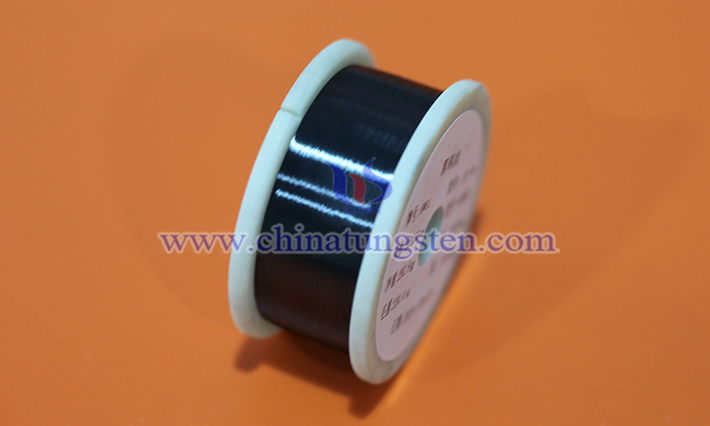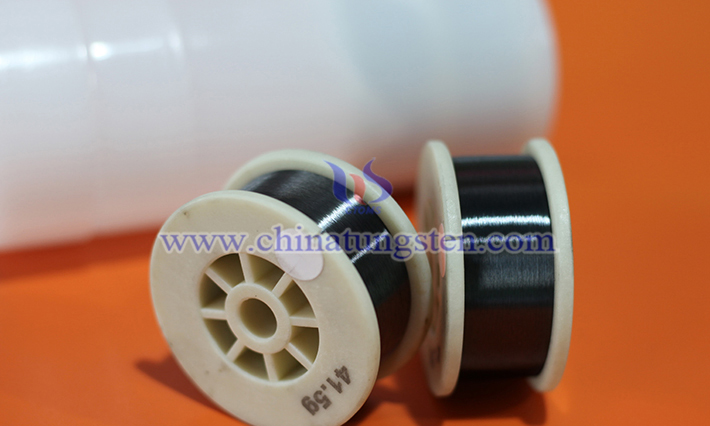The Luminescence of Tungsten: Soul of Light in Photographic Lamp
- Details
- Category: Tungsten Information
- Published on Wednesday, 13 August 2025 15:40
- Written by Zhenghua
- Hits: 3
When tungsten lamps illuminated film-era studios, their soft, warm glow painted delicate textures and plump three-dimensional effects across surfaces like an artist's brush. This radiance originated from a single resilient tungsten wire within the photographic lamp.
In early photography, carbon-filament lamps briefly flickered to life, yet their fragility and dimness left photographers anxiously waiting in faint light. In 1909, Dr. Coolidge succeeded in drawing tungsten into fine filaments. With its extraordinary melting point of 3422°C, tungsten finally claimed its throne as the king of filament materials. When electrified, the tungsten wire glows incandescently, emitting a continuous spectrum as smooth as sunlight—far surpassing the harsh, disjointed spectral lines of gas-discharge lamps. This seamless spectrum renders colors with authentic fidelity, particularly excelling in reproducing red hues. Only under tungsten light does crimson velvet reveal its profound luxury and dense texture. Thus, the 3200K tungsten lamp became the industry standard during the film era, a steadfast benchmark.

As a continuous light source, tungsten lamps transformed into malleable clay of light in photographers' hands. Intensity, direction, and softness could be precisely controlled. When illuminating a model’s face, gradients transitioned naturally, casting a moist glow reminiscent of classical paintings. By subtly adjusting reflectors or softboxes, light could flow around contours, sculpting atmospheres of strength or grace. This mastery over shadows and highlights made tungsten lamps a silent yet magical paintbrush for photographers of that era.
Yet the digital age redefined light itself. LED technology swept in with absolute advantages: low energy consumption and cool operation. Photographers now balance color temperature instantly by tapping "white balance" on their cameras, no longer burdened by tungsten’s heat and power demands. Gradually, tungsten lamps retreated backstage—like a once-glorious gentleman quietly exiting the spotlight.

But lighting art possesses its own resilience. The uniquely warm character of tungsten light remains irreplaceable. Today, in nostalgic photography, in cinematic recreations of bygone eras, and in color-critical artistic creations, tungsten lamps still glow tenderly. They are not mere relics of technology but a stubborn continuation of the luminous aesthetics from film’s halcyon days.
When we gaze upon classic photographs in museums, their deep, truthful play of light and shadow stands as tungsten’s eternal legacy—forged through blistering heat, yet preserved across time.
- Chinatungsten Online: www.tungsten.com.cn
- CTIA GROUP LTD: en.ctia.group
- Tungsten News & Price: www.ctia.com.cn
- Molybdenum News & Price: news.molybdenum.com.cn
- Tel.: 86 592 5129696; Email: sales@chinatungsten.com





 sales@chinatungsten.com
sales@chinatungsten.com